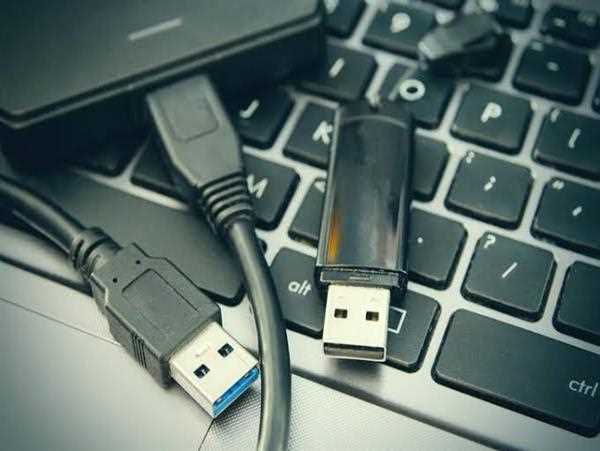Encountering issues with USB devices not being recognized or functioning properly can be frustrating. However, there are several steps you can take to resolve these problems and ensure proper USB device functionality. Here's a guide on how to troubleshoot and resolve issues with USB devices:

1. Check physical connections: Ensure that the USB device is properly connected to the USB port. Unplug the device and reconnect it firmly. Try using a different USB port on your computer to rule out any potential port-related issues.
2. Verify USB device compatibility: Confirm that the USB device is compatible with your computer's operating system. Some devices may require specific drivers or software to function correctly. Visit the manufacturer's website or consult the device's documentation to ensure compatibility.
3. Restart your computer: Sometimes, a simple restart can resolve USB recognition issues. Restart your computer and check if the USB device is recognized upon booting up.
4. Update USB device drivers: Outdated or incompatible USB device drivers can cause recognition issues. Visit the manufacturer's website and download the latest drivers for your USB device. Install the updated drivers and restart your computer.
5. Update USB controller drivers: USB controllers are responsible for managing USB ports on your computer. Outdated or faulty USB controller drivers can result in USB device recognition problems. Update the USB controller drivers by visiting the manufacturer's website or using the Device Manager utility in Windows.
6. Uninstall conflicting USB drivers: Conflicting or corrupt USB drivers can interfere with device recognition. Uninstall all USB drivers from the Device Manager utility and restart your computer. The drivers will be reinstalled automatically upon rebooting.
7. Disable USB selective suspend: USB selective suspend is a power-saving feature that can interrupt USB device recognition. Disable this feature by accessing the Power Options in the Control Panel or System Settings and modifying the USB selective suspend settings.
8. Check for system updates: Ensure that your computer's operating system is up to date. Developers release updates that can address USB device compatibility issues or improve USB functionality. Install any available updates and restart your computer.
9. Test the USB device on another computer: If possible, test the USB device on another computer to determine if the issue is specific to your computer or the USB device itself. If the device functions properly on another computer, the problem may lie with your computer's USB ports or drivers.
10. Try a USB hub or different cable: In some cases, using a powered USB hub or a different USB cable can help resolve recognition or functionality issues. Connect the USB device through a powered hub or use a different cable to see if it makes a difference.
11. Scan for malware: Malware or viruses can interfere with USB device recognition or functionality. Run a full system scan using reputable antivirus software to detect and remove any malware.
12. Consult professional help: If none of the above steps resolve the issue, it may be necessary to seek professional assistance. Contact the manufacturer's support team or consult a technician who specializes in computer hardware for further guidance.
Remember to perform backups of any important data on your USB devices before attempting any troubleshooting steps. USB issues can vary depending on the specific computer system and device involved, so adapt these steps accordingly.